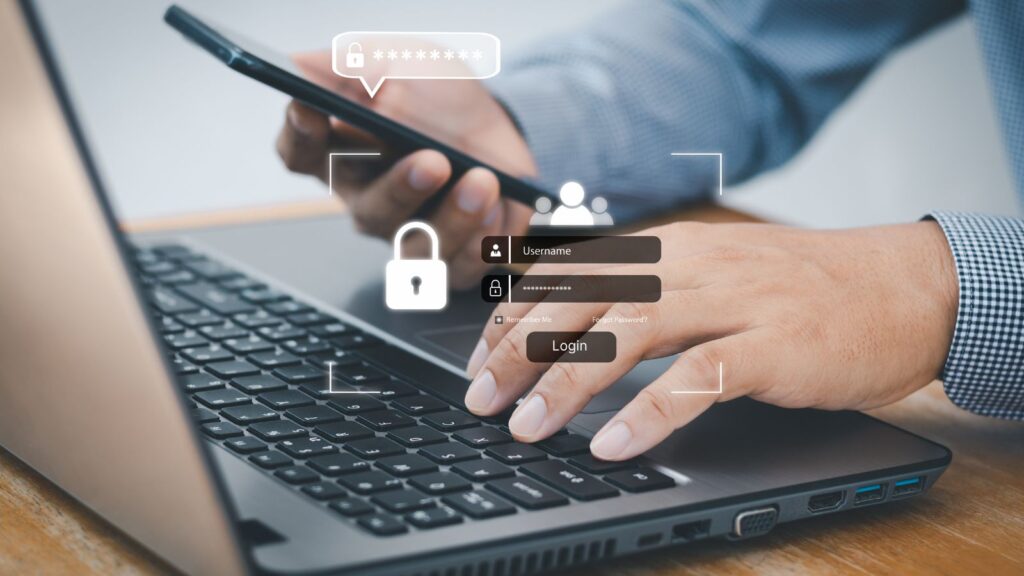
The principles of cybersecurity defenses and their strength can relate to how we manage our finances. Just like businesses can’t afford to forget updating their security tools, individuals can afford to treat their financial systems as a one-time setup. This is where continuous security validation becomes a reliable lesson.
This proactive approach can help businesses detect vulnerabilities and avoid real-world attack situations. In this article, we will provide a comprehensive look at how organizations can prove their effectiveness with the support of a reliable security infrastructure and how this also relates to personal finances.
The Cybersecurity–Finance Parallel
Cybersecurity and personal finance may seem unrelated. However, if we look closer, there are many similarities involved. Both deal with risks, manage systems with risks, and ensure systems are checked to reduce attacks.
- Risk exposure: Networks can be vulnerable to undetected threats, and finances can be exposed to risks such as identity theft, unauthorised access, or system corruption.
- Overconfidence: Many believe installing antivirus software will keep them safe online. However, sometimes this isn’t the case and systems can become corrupted if the correct security systems are not applied.
- Lack of testing: Some people also don’t regularly review financial security or budgeting habits, which can sometimes be the same. Within cybersecurity, this results in the failure of systems, which can lead to breaches and in the world of finance, this can lead to debt or fraud.
However, regardless of these outcomes, this is where continuous security validation comes into play…
What Is Continuous Security Validation?
Continuous security validation is a modern approach focusing on automated and ongoing testing for security systems to identify any vulnerabilities before attackers do. This modern security approach can spot any anomalies early and stop any potential threats which may occur in the future. Many continuous security validation tools offer ongoing and regular cyber tests by simulating attacks, which can validate whether security control systems are effective within real-life situations.
Applying Continuous Validation to Your Financial Life
Your finances are like your personal network, as you wouldn’t trust a system which has only been tested once. So why treat your bank accounts, credit cards, or retirement plans the same way?
Here’s how continuous security validation principles can be applied to personal finance:
1. Simulate Financial Threats
Just like security teams work to simulate cyberattacks to test defences, continuous validation tools also work to mitigate financial threats to ensure your systems are protected, such as bank accounts, savings and even personal information.
2. Conduct Audits
Businesses can conduct security assessments, so you should also conduct regular personal finance check-ins. Review your budgets, check your credit scores and even stay alerted on your systems. These small stimulations are similar to how continuous validation works to support corporate businesses.
3. Automate Controls
Use financial tools to help automate protection, such as enabling alerts, using two-factor authentication and setting spending limits on credit cards. These flag features can ensure you’re aware of any suspicious activity and reduce any fraud threats.
4. Stay Informed
Continuous security validation isn’t only about testing and keeping up to date with new threats. Individuals should always be aware of any new threats or attacks occurring within their area and keep up to date with security awareness. The Federal Trade Commission (FTC) offers protection and fraud awareness resources.
Why This Matters More Than Ever
With cyberattacks growing daily, financial fraud is seen as a main target. Weak passwords, outdated apps, and not monitoring online bank accounts can be gateways to cyber attackers accessing your information. In addition, many data breaches occur when users are not aware they’ve been compromised, which is similar to how companies aren’t aware of their security defences until it’s too late.
Many advanced validation tools are wake-up calls for individuals and businesses. These platforms enable users and organizations to identify gaps within security systems by simulating real-life attacks without causing system damage. This concept can also be applied to your personal finances, as you must ensure you test regularly, adapt to new system changes, and always stay a step ahead.
The Takeaway
Cybersecurity is not only a business concern but also a personal one. The idea of continuous security validation reminds everyone that robust systems need regular check-ups and updates. Whether you’re managing your money or starting your financial journey, adapting this mindset will help you shift your systems and ensure you’re in control of your finances.
In the world, where cyber and financial systems are becoming connected, it’s important to be aware of each one. So ask yourself this: When did you last update or validate your financial defenses?







